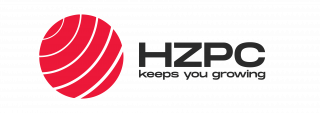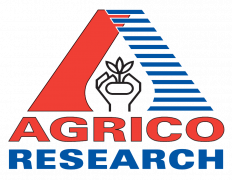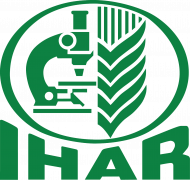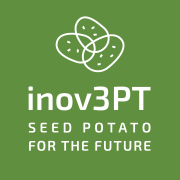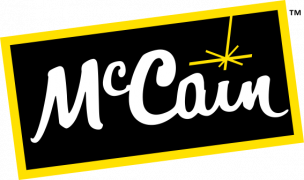Abstract
The Colorado potato beetle (CPB), Leptinotarsa decemlineata (Say), is widely considered as the most serious insect defoliator of potato plants (Solanum tuberosum L.). The CPB can completely destroy potato crops and cause tremendous yield losses if left uncontrolled. For decades, CPB populations have been suppressed mainly by chemical insecticides. However, this insect’s diverse and flexible life history, combined with its remarkable adaptability to a variety of stressors, makes the CPB a very challenging pest to control. Potato foliage, which contains high amounts of volatile and non-volatile chemicals, is the CPB’s main food source. Researchers indicated that variations in the feeding performance and abundance of this beetle are attributable to the quality and quantity of chemical components in the host plant foliage. This review investigated the effects of volatile chemicals, carbohydrates, amino acids, glycoalkaloids, and mineral elements in potato foliage on the feeding behaviour and performance of the CPB. In general, the chemical components in potato foliage could enhance or reduce the feeding of the CPB. Altering the chemical composition of potato foliage could be an interesting alternative to reduce the use of insecticides to manage CPB populations in potato crops.




